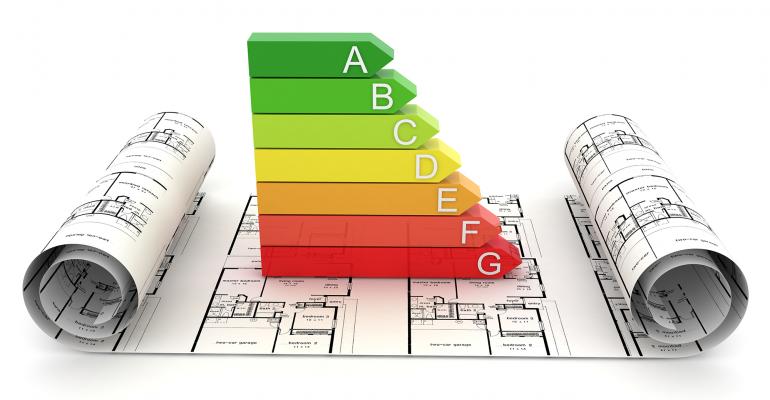A not-well-known tool is coming to the forefront in designing real estate projects, called a Life Cycle Analysis (LCA). LCAs can provide specific data and insights on carbon impact of real estate design, and it’s already taken off in some real estate sectors.
Commercial real estate professionals across the board are seeing broadening interest in evaluating the full life cycle of a building’s environmental impact—from materials sourcing, transport, design, construction, and occupancy to the long-term maintenance and operation—and LCA’s a proving invaluable tool to measure it.
In some cases, an LCA helps an owner, investor or designer also evaluate alternate scenarios, such as a “no project” comparison, or a rehab or repositioning that evaluates more than just the up-front construction costs in the context of carbon impact.
Ten years ago, when I first began doing LCA studies on some of our Forell-Elsesser projects, it was still a new area for the industry and especially for structural engineers because much of the back-up data was lacking. That has changed today, with the advancement of more accurate LCA software and industry information that allows us to review the embodied energy impact of the design decisions more accurately on our projects. While Forell has being doing LCAs for years, sometimes just for our internal goal of best practices, there is also now a greater push from building owners to ask for LCAs and other tools that illuminate the environmental aspects of their projects and push towards more sustainable real estate.
It’s not just a greenwashing or social response, it’s also good business.
Pressure is mounting on developers, project sponsors, and owners to demonstrate high-sustainability and low-carbon attributes. That is coming both from above—with institutions and Wall Street requiring responsiveness to Environmental, Social and Governance (ESG) and climate-change goals, but it’s also coming from below—as tenants, users, and city leaders demand ‘green buildings’ with carbon reduction strategies.
Global real estate services firm JLL, in its January 2022 Return on Sustainability report, pointed out a sales premium of 11.5 percent for commercial properties that demonstrate climate-resilient features in energy and environmental improvements. Said JLL, “From capital raising to buy/sell decisions, underwriting, financing and resilience planning, climate change will impact every part of an asset’s life cycle; it is entering the mainstream investor dialogue more and more.”
Another data-point from November 2021 was that 44 more international corporations signed onto the net-zero commitment of the Green Building Council, which leads to the trickle-down impact of investors funding only those real estate investment partners who pursue climate-responsive and net-zero projects. Increasingly, project sponsors who seek those financing sources will have to adopt ESG-responsive strategies.
We anticipate that LCAs or equivalents will become a more standard tool for fully understanding a building’s climate impact, and thus also its value to owners and users as well as to the communities in which they’re located.
Forell’s own research shows that fully 30 percent of embodied carbon is in structural design and components.
We as structural engineers can help bring down those impacts, and Forell will soon implement LCA’s across all our projects so that we can better track the impact of our decisions and use them as an additional metric in system selection decisions. We are also utilizing this data in our office to compare across projects to pull out trends and determine where better to focus our efforts on carbon reduction.”
One focus for the firm is on foundation selection, as its internal LCA studies found that this is the largest source of embodied carbon regardless of the building’s structural system selection.
For example, based on the soils of the San Francisco Bay Area, we are often exploring multiple foundation systems such as spread footings, deep foundation systems, and soil improvement. Understanding the embodied energy of these foundations within the overall project LCA provides our owners with an additional tool in understanding and achieving the project’s sustainability targets.
Lindsey Maclise, SE, LEED AP BD+C, is Principal & Head of ESG/Net-Zero Initiatives for Forell|Elsesser Structural Engineers, San Francisco.





